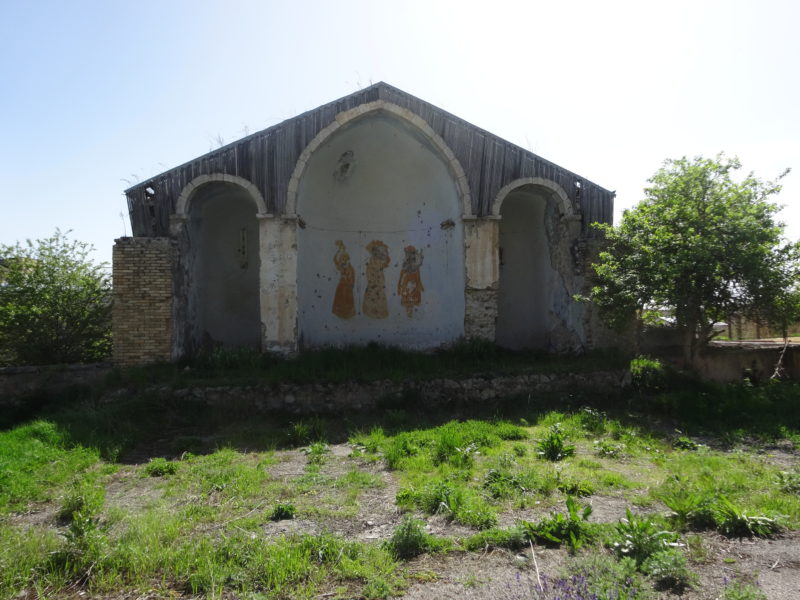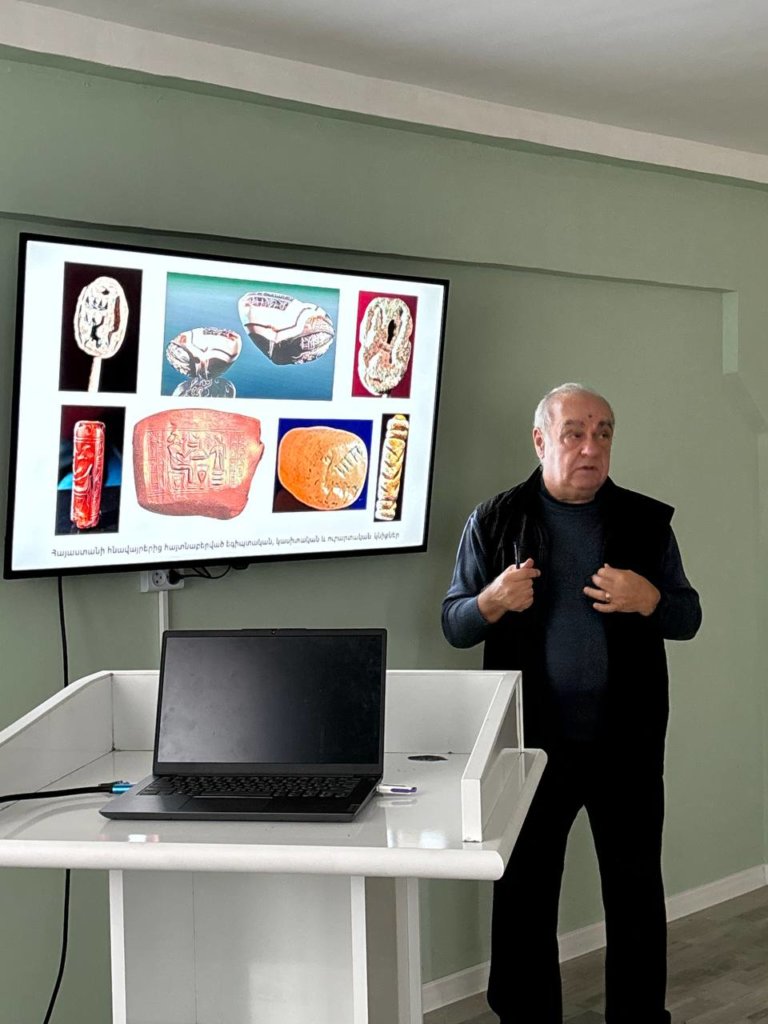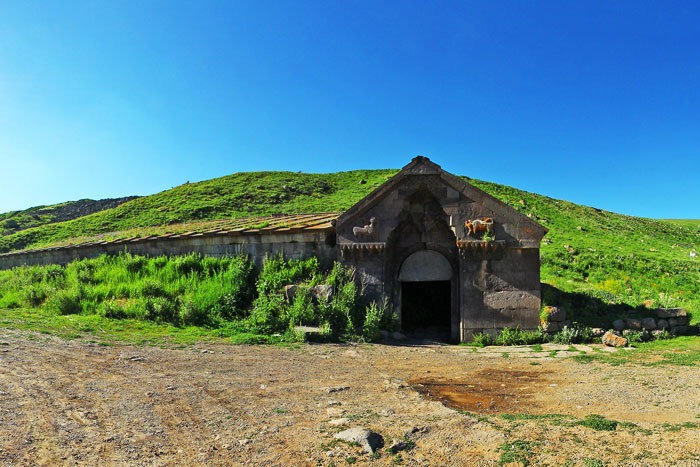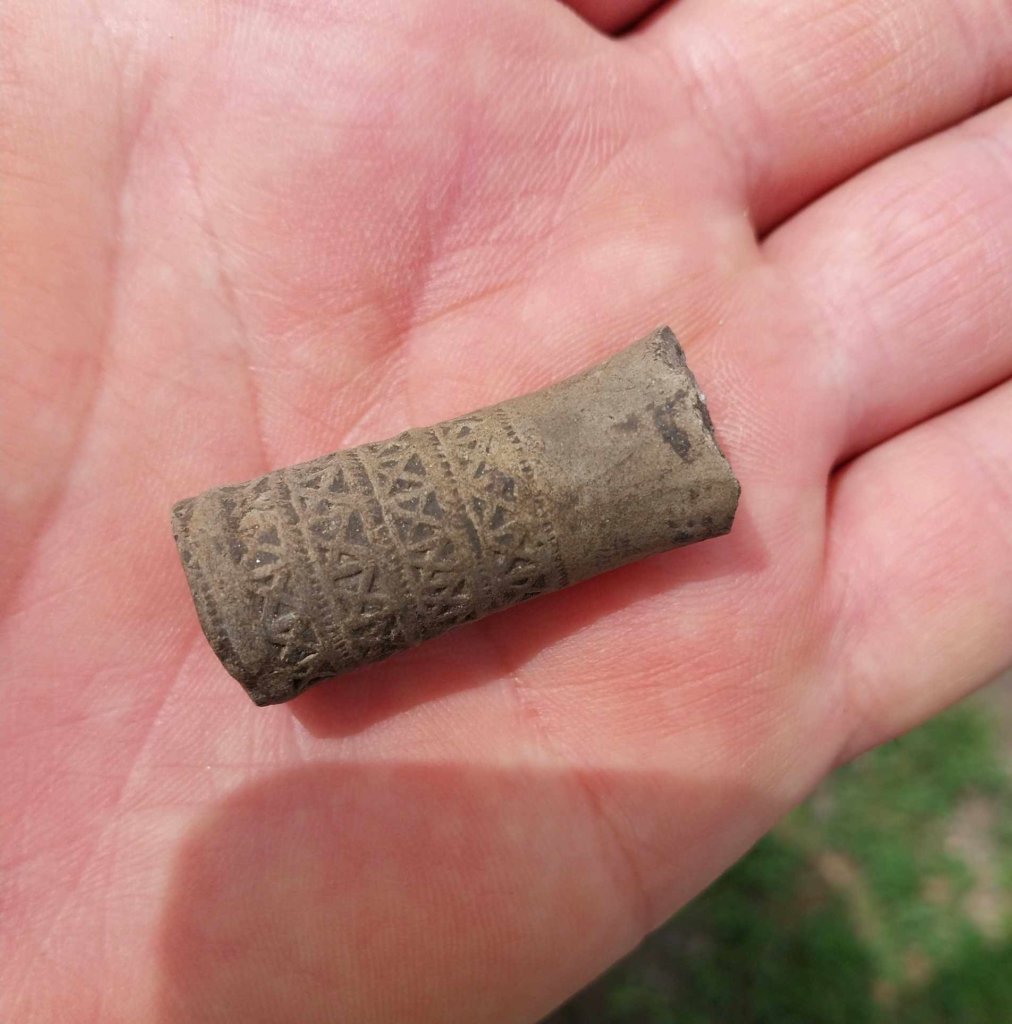The historical-cultural heritage of Artsakh has got its unique place in the development and reservation of Armenian culture. Njdeh Eranyan, the deputy director of Artsakh Republic’s Ministry of culture’s “Protection service” NCSO touched upon the heritage, archaeological excavations and the finds discovered during that excavations and their further researches. In the state list of Artsakh Republic’s historical and cultural monuments around four thousand monuments are involved. In the territory of Artsakh where during soviet period archaeological studies were not implemented, and the implemented ones pursued political aims, nowadays the objective and detailed research of monuments is extremely important.
Taking into consideration the above mentioned the number of the researched monuments has increased. In Artsakh the year of 2017 was very saturated. Nine monuments including Tigranakert, Tsmakahogh’s Holy Stepanos mausoleum, Dadivank (in these three monuments worked the archaeological excavating group of Tigranakert), Mirik village’s fortress (Qashatagh region, the head of the expedition group professor H.Avetisyan) as well as Shushi’s mosque, Qaraglux village’s graveyard (Hadrut region) and St. Hovhannes church in Togh village (in these four monuments worked the expedition group of “Protection state service”).
The excavating monuments involve almost the whole territory of Artsakh and refer to different eras. In the recent years interest of the population of Artakh towards cultural heritage has increased, today they have more information about their monuments. Besides the above mentioned excavations, reconnaissance works have been implemented in the territories of the finds accidentally discovered by the citizens. “I would like to highlight that a significant part of the excavations was carried out by private investors, which is the evidence of the fact that the attitude towards cultural heritage has improved. The year has not ended yet and archaeological excavations in Artsakh may continue”, mentioned Njdeh Yeranyan. He also added that the monuments excavated till now include the periods of stone age to medieval centuries.
By the way the students of YSU’s chair of culture also take part in the archaeological excavations of Artsakh.







